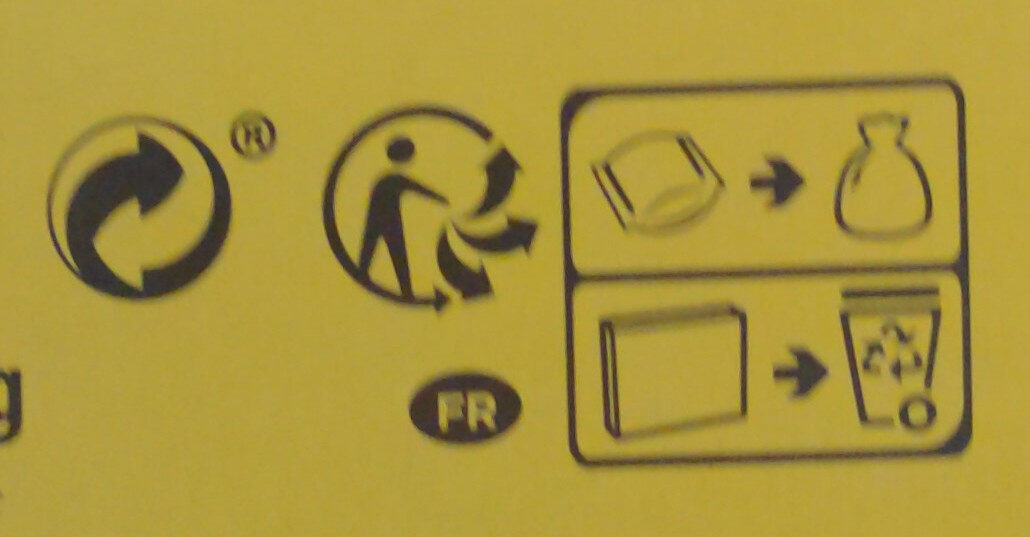Cracotte original - LU - 500 g
Code-barres: 3041090063213 (EAN / EAN-13)
Dénomination générique : Tartines craquantes au froment enrichies en fer
Quantité : 500 g
Conditionnement : Plastique, Carton
Catégories : Aliments et boissons à base de végétaux, Aliments d'origine végétale, Snacks, Céréales et pommes de terre, Pains, Tartines craquantes extrudées, Pains croustillants
Labels, certifications, récompenses :
Fabriqué en France, Blé français, Triman
Origine des ingrédients : France
Lieux de fabrication ou de transformation : Vervins
Magasins : Magasins U, E.Leclerc
Pays de vente : France
Correspondance avec vos préférences
Signaler un problème
Sources de données
Produit ajouté le par openfoodfacts-contributors
Dernière modification de la page produit le par adzwoolly.
Fiche produit également modifiée par alex-off, beniben, date-limite-app, desan, ecoscore-impact-estimator, fabe56, inf, kiliweb, magasins-u, moon-rabbit, nali4243, packbot, quechoisir, sebleouf, tacite, yuka.RjUwbUFLZ04rOVpWeThRYXpEMkYrOTV2NnFIemVHZVZMT1pNSVE9PQ, yuka.U0lrSE1aa3JtTlFvcThNZndrLzIyZjlxdzQyRkRVNnVNc296SVE9PQ, yuka.UWY5WktZZ1FvdGxYaGN3ZTB5eU15SUp2Lzd1VFFqaU1jTVU4SVE9PQ, yuka.Vm9FYkhxZ2lxZGdua2ZBUW9pekhvWXd0MTdDeFgwenVkOHM0SVE9PQ, yuka.VnZvTkw0b2JuL29tZ1BjODVCRFEyWXB1K2ErcVVuRytJdVU5SVE9PQ, yuka.sY2b0xO6T85zoF3NwEKvlk9jXPTaiSD4bgLVg2Kbms6jfpG5UcwtvqKjGKs, yuka.sY2b0xO6T85zoF3NwEKvlkxmb4bx8wnbGBrjh3aGyNGpP6bCQItRxqGrY6s.















